
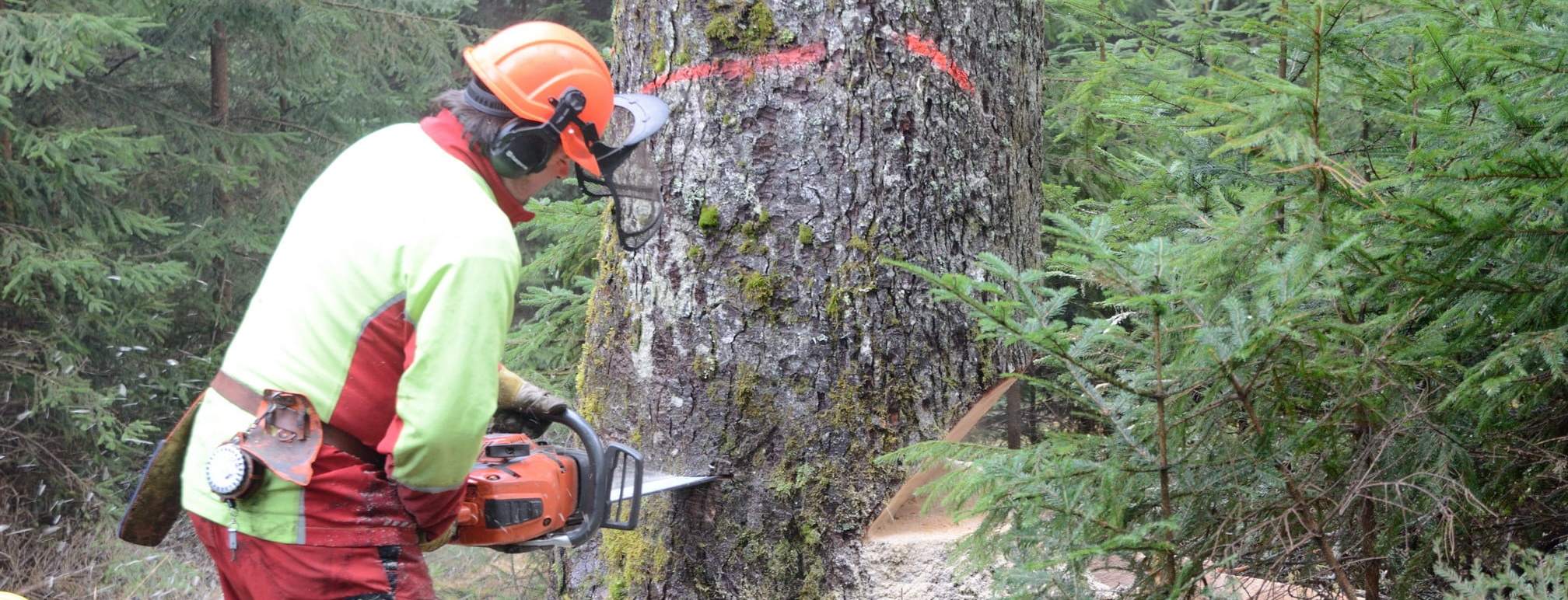


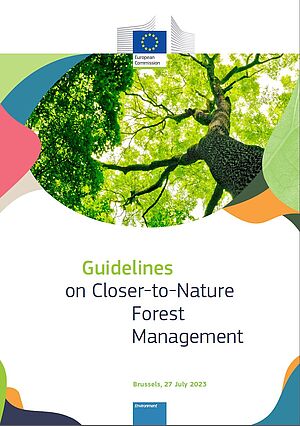
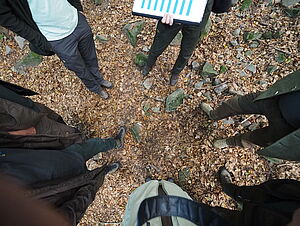
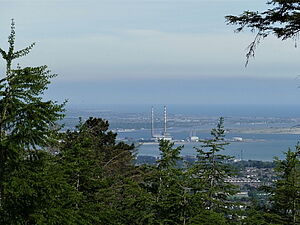
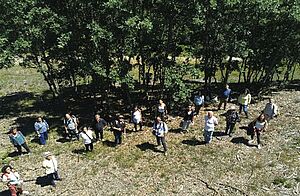
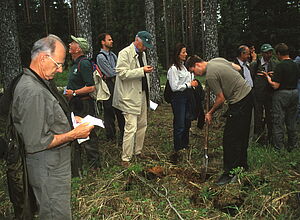
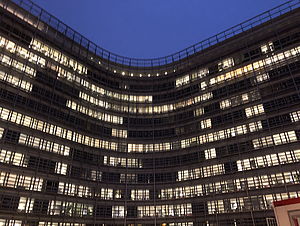
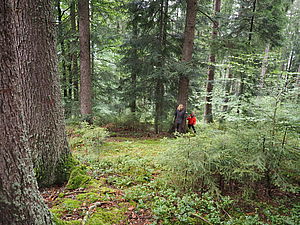
PRO SILVA regards sustainable forest ecosystems as the proper basis of economic sustainability. Protection and production are both important to society. For sustainability in the broadest sense, continuing and optimal productivity is only possible if the protective function remains intact. This precludes production strategies that ignore the protective function.
PRO SILVA supports the management of forests and the use of renewable resources of timber.
With regard to the general principles of sustainability, the following are essential elements of the productive function:
As methods for achieving the functioning of these elements PRO SILVA recommends:
Tending and harvesting should be the main features of management, and these should not be unduly influenced by the need to obtain regeneration
Favourable economic returns from PRO SILVA management rely on following the principle of optimisation:
All of these factors culminate in the favourable enhancement of economic returns under such management as well as its economic efficiency per unit of area over time.